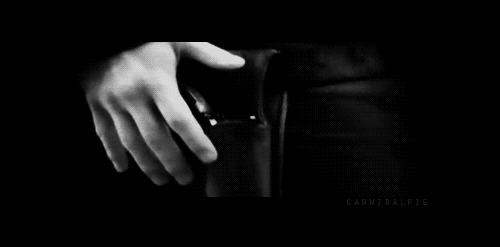Oke nou ga ik er even een wetenschappelijke knuppel bij gooien. Er word namelijk erg veel onderzoek gedaan aan training en jonge paarden. Heel veel van jullie hier gaat de resultaten van deze onderzoeken niet bevallen kan ik je vast vertellen.
Ook ik heb ze met verbazing zitten lezen. 
Even wat dingen vooraf. Ik ga niet alles hier quoten maar er stukjes uit halen.
Bedenk ook wel allemaal dat er steeds bij wordt gezet dat met beleid en verstand omgegaan moet worden met het trainen van jonge paarden en dat in 30 dagen wedstrijd klaar maken van een 2 jarige niet hoort in het "met beleid en verstand trainen". In alle artikelen heeft men het over trainen van echt jonge dieren maar neemt men ook het belang van doorlopend weidegang of in elk geval beweging mee in het "trainings schema" Veder wordt ook telkens aangegeven dat over training funest is en er dus een balans gevonden moet worden. Maaar "lees en huiver!" (voor sommige hier dan die hun paarden pas erg laat in rijden gaat dit geen haleluja gevoel worden zal ik vast maar aangeven)
Quote 1:
by: Ray Geor, BVSc, PhD, Dipl. ACVIM
January 01 2001 Article # 72 schreef:Even less is known about adaptations of tendons and ligaments during exercise training. However, a recent series of investigations (see Smith et al. 1999) have found that the tendons of mature horses have a limited ability to respond to training, and over time, repeated trauma to tendons likely predisposes horses to injury.
In contrast, the tendons of young horses (less than two years) strengthen in response to training. Thus, contrary to the common belief that exercise training of immature horses is detrimental, the results of these recent studies raise the possibility that early training might enhance development of the supporting structures of the limbs and perhaps reduce the incidence of injury during training and competition.
Quote 2
by: Ray Geor, BVSc, PhD, Dipl. ACVIM
January 01 2001 Article # 72 schreef:The biggest unanswered question relates to the issue of 2-year-old racing. Yes, it is true that injury rates in this age group are high. However, this is also the case for older racehorses. And we now have evidence that horses beginning their careers during their two-year-old seasons actually have longer racing careers than horses which first race in later seasons. As well, on-going studies of the effects of training on the body at a very young age indicate that we should be training horses before the skeleton is fully mature.
Quote 3
Harold Brommer, DVM, of Utrecht University in the Netherlands schreef:Conclusions: In line with the concept of functional adaptation, the neonate is born with biomechanically 'blank' or homogeneous cartilage. Functional adaptation of biomechanical properties takes place early in life, resulting in cartilage with a distinct heterogeneity in functional characteristics. At age 18 months, functional adaptation, as assessed by the biomechanical characteristics, has progressed to a level comparable to the mature horse and, after this age, no major adaptations seem to occur. Potential relevance: Throughout life, different areas of articular cartilage are subjected to different types of loading. Differences in loading can adequately be met only when the tissue is biomechanically adapted to withstand these different loading conditions without injury. This process of functional adaptation starts immediately after birth and is completed well before maturity. This makes the factor of loading at a young age a crucial variable, and emphasises the necessity to optimise joint loading during early life in order to create an optimal biomechanical quality of articular cartilage, which may well turn out to be the best prevention for joint injury later in life.
Voor die lezer die het niet kunnen volgen in het engels ik zal het vertalen maar had daar zo 123 geen tijd voor.
Samengevat staat er dat er heel veel aanwijzingen zijn dat juist het vroeg beginnen te trainen met paarden latere blessures help voorkomen! Dat deze jonge dieren makkelijk hun bot opbouw en pezen aanpassen en versterken om het werk aan te kunnen. Het zijn juist de paarden die later hun carirere starten die meer in de problemen kunnen komen omdat dan de gewrichten en pezen zich niet meer aan kunnen passen aan hun "nieuwe" funktie, werken onder het zadel.
Maar dan wel alleen als het gedoseerd en opbouwend is dus niet , ik schrijf het nog maar weer eens "een 2 jarige in 30 wedstrijdklaar" schema.
En nog even voor de duidelijkheid, mijn paarden gaan nooit en te nimmer in een snel tempo onder het zadel maar worden wel rond hun 2 en een maand of 8 zadelmak gemaakt en heel rustig aan gestart.


 )
) 

 Goed lezen ook, want als je op mij reageerde heb je niet goed gelezen...
Goed lezen ook, want als je op mij reageerde heb je niet goed gelezen...
 .
. .
.